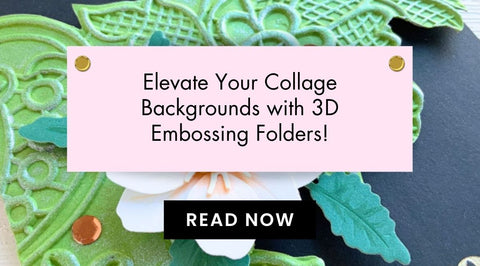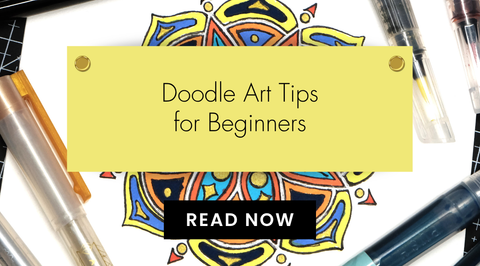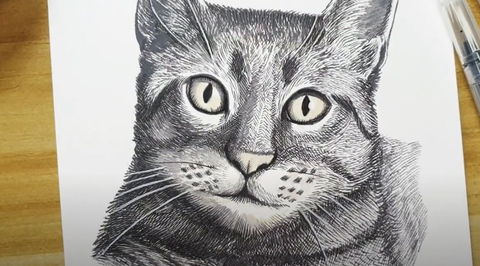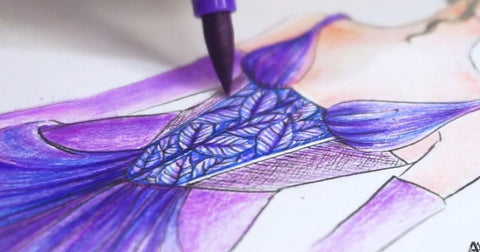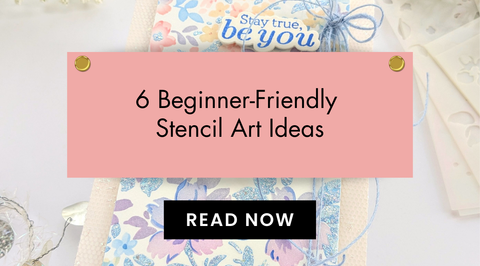The Joy of Contrast: Using Opposing Colors and Values to Create Striking Artwork
Last Updated: October 13, 2025

If you’re an artist looking to improve your artwork with new concepts and skills, this blog post is for you.
In the vast realm of visual arts, one principle stands out as a powerful tool for creating impactful and memorable compositions—contrast.
Contrast has the ability to elevate artwork to new heights, whether it's through colors, values, or shapes. The right use of contrast can capture the viewer's attention and spark a range of emotions.
But how does one effectively use contrast? Let’s delve into the art of using opposing colors and values to craft stunning and visually arresting masterpieces.
The Power of Color Contrast
Let’s start by creating contrast through color. There are two main ways to play with color contrasts – one is through complementary colors, while the other is through analogous ones. Let’s elaborate on each:
1. Complementary Colors: Opposite, But Not Quite

One of the most classic ways to infuse contrast into your artwork is through complementary colors. These are pairs of colors that sit opposite each other on the color wheel, such as red and green, or blue and orange.
The inherent vibrance of complementary colors creates a dynamic interplay that can electrify your canvas. This dynamic relationship gives birth to a harmonious discord, where the brilliance of one color intensifies the other, and the visual impact is magnified.
Explore the possibilities of these duos by experimenting with saturation and intensity to find the perfect balance.
2. Analogous Colors: Harmonious Contrast

For a subtler yet equally effective approach, consider using analogous colors.
These are hues that are adjacent to each other on the color wheel, such as blue and purple, or yellow and orange. While not as stark as complementary colors, analogous combinations offer a harmonious contrast that can evoke a sense of unity and sophistication.
To get more ideas about color combinations, here’s a short guide to color psychology and how you can leverage colors to evoke emotions:
Mastering Value Contrast

In addition to playing with color, we also need to understand how to enhance depth through values.
Value pertains to the lightness or darkness of a specific color or hue. To comprehend values effectively, envision them as a spectrum or gradient, ranging from dark to light. Increasing tonal variations result in lower contrasts, as well as using shades of a similar value.
1. Light vs. Dark: The Drama of Values
The interplay between light and dark areas can define the mood and focal points of your composition. It also serves as an outlet for the emotions that you are feeling at the moment. Famous artists like Pierre-Auguste Renoir and Claude Monet, for example, have complete command of light and dark in their artworks, and the emotions that come with them.

Experiment with dramatic shadows and highlights to add depth and dimension to your work. A well-executed chiaroscuro technique, for instance, can turn a simple scene into a visually captivating masterpiece.
2. Atmospheric Perspective: Creating Depth
Contrast in values can also be harnessed to convey depth and distance in your artwork.
As objects recede into the background, they tend to lose contrast and become lighter. Use darker values and higher contrast in the foreground of your work, while using lighter values with lower contrast in the background.

Strategically adjusting the values of elements in your composition can help you create a convincing sense of atmospheric perspective, drawing the viewer deeper into your visual narrative.
The Dance of Opposites: A Balancing Act
True magic happens when artists skillfully combine both color and value contrast in their artwork. It is one of the most effective techniques to add depth and perspective to your artwork.
Imagine, if you will, a vibrant red flower against a dark, moody background. Or a serene blue sky juxtaposed with a bold, sunlit landscape. The synergy between opposing elements elevates the visual experience, leaving a lasting impression on the viewer.

But, while contrast is a powerful tool, mastering its application requires a delicate balance. Knowing when to push colors and values to their extremes and when to exercise restraint is crucial.
Consider the emotional impact you want to achieve and let that guide your decisions. A thoughtful approach to contrast can transform a piece from visually interesting to emotionally evocative.
Wielding the Power of Contrast for Maximum Impact

The joy of contrast lies in the endless possibilities it offers to artists seeking to create striking and memorable compositions.
Whether through the bold clash of complementary colors or the subtle dance of values, contrast has the power to captivate and resonate with viewers on a profound level. Embrace the magic of opposites, experiment fearlessly, and let the joy of contrast guide you on your artistic journey.
To continue exploring more about color and value contrast, read about these Color Palette Inspirations for Your Next Artwork.
Also, discover more inspiration and ideas in The Creative Corner. Creativity awaits!


